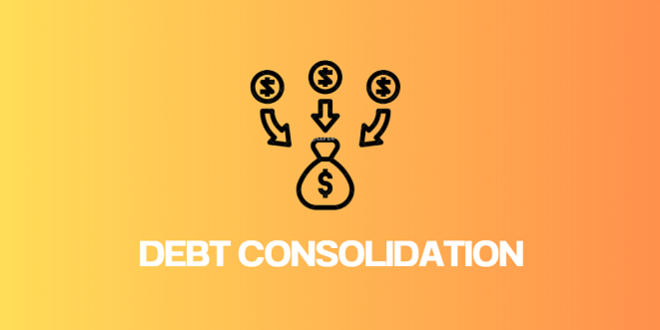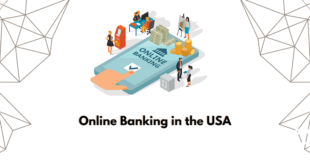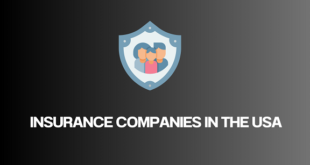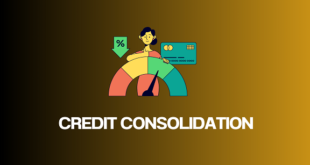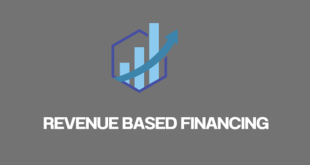Debt consolidation is a strategy to simplify and potentially reduce your overall debt by combining multiple debts into a single loan. Here’s a breakdown of how it works and factors to consider: Debt consolidation in the USA
How Debt Consolidation Works:
- Take Out a New Loan: You secure a new loan, typically a personal loan, home equity loan, or balance transfer credit card, with a lower interest rate than your existing debts.
- Pay Off Existing Debts: You use the proceeds from the new loan to pay off your existing debts, such as credit cards, medical bills, or personal loans.
- Focus on One Payment: Instead of juggling multiple payments with varying interest rates and due dates, you’ll have one consolidated payment to manage.
Potential Benefits of Debt Consolidation: Debt consolidation in the USA
- Lower Interest Rate: Ideally, the new loan’s interest rate is lower than your existing debts, potentially saving you money on interest charges in the long run.
- Simplified Management: Having one payment simplifies tracking your debt and ensures you don’t miss any payments due to confusion.
- Potentially Shorter Repayment Term: The new loan might come with a fixed repayment term, motivating you to repay the debt faster.
Things to Consider Before Debt Consolidation:
- Credit Score: Qualifying for a lower interest rate loan often requires a good credit score. A poor credit score could result in a higher rate on the consolidation loan, negating the benefits.
- Total Debt Amount: Debt consolidation might not be suitable for very high debts, as repayment terms might be too long.
- Debt Accumulation: Consolidation doesn’t eliminate debt; it just changes how you manage it. Avoid accumulating new debt while repaying the consolidated loan.
Types of Loans for Debt Consolidation:
- Personal Loans: Unsecured loans offered by banks, credit unions, or online lenders. Interest rates can vary depending on your creditworthiness.
- Home Equity Loan or Line of Credit (HELOC): Uses the equity in your home as collateral. Can offer lower interest rates than personal loans, but puts your home at risk if you fail to repay.
- Balance Transfer Credit Card: Moves existing credit card balances to a new card with a 0% introductory APR (Annual Percentage Rate) for a limited period. It requires good credit and can have high fees after the introductory period.
Is debt consolidation right for you?
Carefully evaluate your financial situation. Here are some signs that debt consolidation might be helpful:
- You have high-interest debts from multiple sources.
- You’re struggling to manage multiple debt payments.
- You have a good credit score and can potentially qualify for a lower-interest-rate loan.
Alternatives to Debt Consolidation:
- Debt Management Plan: A non-profit credit counseling agency can create a debt management plan to negotiate lower interest rates with your creditors and manage your repayments.
- Avalanche Method: Focus on paying off the debt with the highest interest rate first, regardless of the balance.
- Snowball Method: Prioritize paying off the debt with the smallest balance first to gain momentum and a sense of accomplishment.
Deciding on Debt Consolidation:
- Calculate Potential Savings: Estimate the interest you’re currently paying on your debts and compare it to the potential interest rate on a consolidation loan.
- Consider all costs: Factor in any origination fees or balance transfer fees associated with the consolidation loan.
- Seek Guidance: If unsure, consult a financial advisor or credit counselor for personalized advice based on your specific situation.
It can be a powerful tool for managing debt, but it’s not a one-size-fits-all solution. By carefully considering the pros, cons, and alternatives, you can determine if it’s the right approach for your financial goals.
Find More: Click here
Click here for online banks in the USA
 Shalkot The Innovators
Shalkot The Innovators
